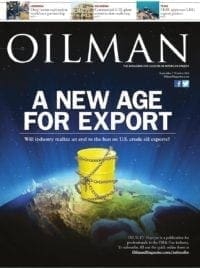Houston-based gas-to-liquids (GTL) technology innovator Velocys PLC announced that the final investment decision has been made to proceed with construction of a commercial GTL plant using the company’s technology.
“Like the four-minute mile, this small commercial GTL plant going ahead is a major psychological milestone, for the industry and for Velocys and its customers,” said Roy Lipski, chief executive officer, Velocys. “After 15 years of development, over $300 million of investment, and a commercial plant underway, Velocys is now poised at the forefront of the distributed production revolution taking place in this new age of gas abundance.”
Funding for the project is provided by a joint venture between Houston-based Waste Management Inc. (NYSE:WM), Princeton, N.J.-based NRG Energy Inc. (NYSE:NRG), Pasadena, Texas-based Ventech Engineers International LC (Ventech), and Velocys. The JV was formed to develop a series of GTL plants in the U.S. and other select regions.
The plant, which the company designed to be profitable on a standalone basis, will be located at Waste Management’s East Oak landfill site in Oklahoma. It will provide a commercial reference site for the Velocys technology and will deploy a number of the company’s full-scale Fischer-Tropsch reactors.
Purchase of major equipment has begun, with construction and commissioning to be complete,a and the plant entering full commercial operation, in less than 24 months. The joint venture has entered into all major contracts needed for the project, including technology license, supply and service agreements with Velocys, an engineering, procurement, and construction contract with Ventech, land lease with Waste Management, and gas purchase and product offtakes.
A ground-breaking ceremony is scheduled for later in the year.





